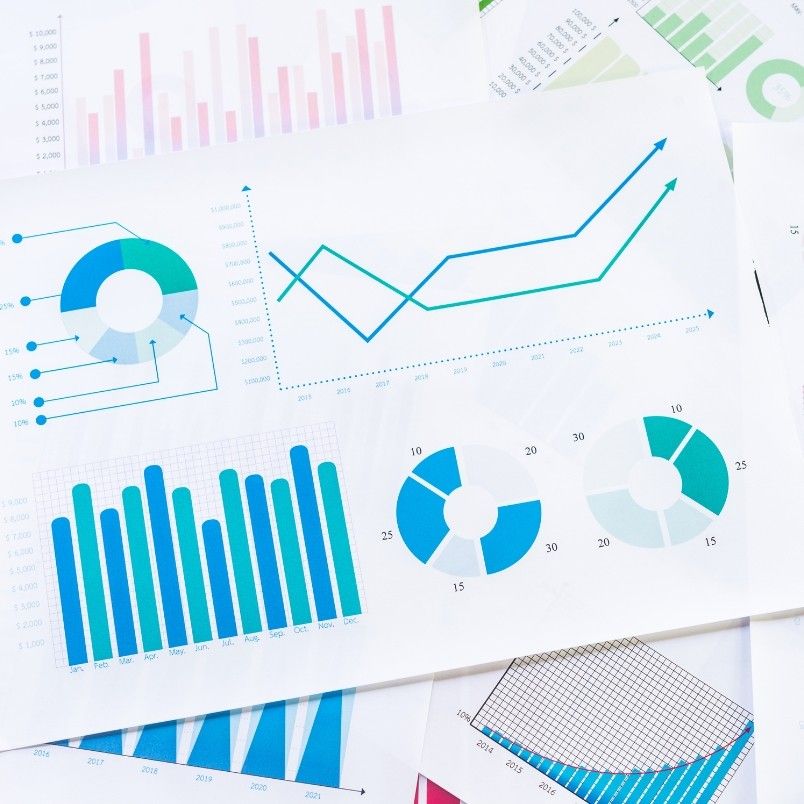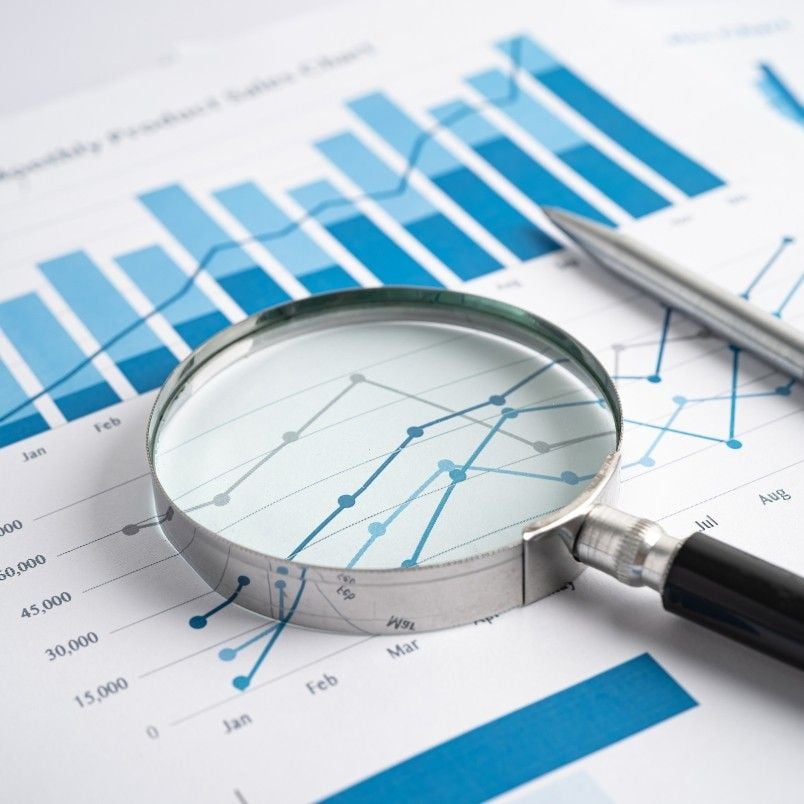Track Project Risk Like a Pro with These Risk Burndown Chart Instructions
By: Hajime Estanislao, PMP, CSM; Editor: Geram Lompon; Reviewed by: Alvin Villanueva, PMP
While projects often encounter unexpected challenges, risks can significantly impact timelines, budgets, and overall success. Without a structured approach to tracking risks, teams may struggle to respond. Traditional reports provide a static snapshot but fail to offer real-time insights into how risks evolve.
A Risk Burndown chart provides teams with a clear, ongoing view of risk levels over time. Instead of reacting when issues arise, teams can proactively track trends, adjust their mitigation strategies, and prevent minor risks from escalating into disruptions. Unlike static risk registers, this chart visualizes risk exposure throughout the project lifecycle.
Imagine having a simple, easy-to-read chart that shows your risk management efforts are on point. Whether working in an Agile sprint, a waterfall project, or managing multiple teams, a Risk Burndown Chart helps maintain visibility, accountability, and risk awareness.
Do not wait until risks escalate. Follow this step-by-step guide to create a Risk Burndown Chart in Excel, or download a ready-to-use template from ROSEMET LLC to get started immediately.

What is a Risk Burndown Chart?
A Risk Burndown Chart visually tracks the reduction of risk exposure over time. It provides a graphical representation of risks, enabling teams to monitor and assess mitigation efforts. By mapping risk trends across the project lifecycle, teams can adjust strategies and take necessary corrective actions.
This chart is especially useful in Agile

How is a Risk Burndown Chart Different from a Burnup Chart?
A Risk Burndown Chart tracks risk reduction, showing how mitigation strategies impact risk exposure over time. The Y-axis represents the total risk exposure, while the X-axis tracks time, such as sprints or project phases.
A Burnup Chart, on the other hand, tracks work completion, measuring progress against the overall project scope. Instead of showing risk reduction, it visualizes the amount of work delivered and any scope changes. While a Risk Burndown Chart focuses on risk management, a Burnup Chart focuses on progress tracking.

Risk Burndown Chart in Traditional and Agile Risk Management
In traditional
In Agile
Both approaches benefit from a Risk Burndown Chart, but Agile teams use it as a real-time feedback mechanism, while traditional teams integrate it into structured risk reviews.

Reasons Why You Need a Risk Burndown Chart
Effective risk management contributes to project success. Without robust tracking, teams may overlook emerging threats. A Risk Burndown Chart helps project managers, Scrum Masters, and stakeholders monitor risks effectively. Rather than relying on static reports, teams can observe real-time risk exposure and proactively prevent problems from escalating.
- Tracks Risk Reduction Over Time – Displays risk trends and mitigation effectiveness, allowing teams to adjust strategies as needed.
- Improves Decision-Making – Establishes clarity on risk levels, helping teams prioritize actions and allocate resources effectively.
- Enhances Transparency – Ensures stakeholders stay informed about risk trends, promoting better communication and alignment.
- Works in Agile and Traditional
Project Management – Adaptable for sprint-based reviews or milestone tracking in traditional workflows. - Identifies New Risks Quickly – Helps detect emerging threats early, allowing teams to take corrective action before risks escalate.

Step-by-Step Instructions to Create a Risk Burndown Chart in Excel
A Risk Burndown Chart is most effective when updated regularly. Excel offers flexibility in formatting, chart customization, and automated calculations, making it practical for risk tracking. You can follow these steps to create an effective Risk Burndown Chart.
Establish a Risk Log
List all identified risks in an Excel spreadsheet, including risk description, probability, impact, and total risk exposure (probability × impact). This log forms the foundation of your chart.
Calculate Total Risk Exposure
Sum all risk exposure values to determine the starting risk level. This baseline helps track risk reduction over time.
Update Risk Exposure Periodically
Create a new column for each time interval (e.g., sprint, week, or month). Update the total risk exposure regularly to reflect resolved risks, new risks, and progress in mitigation.
Insert a Line Chart for Visualization
Highlight the time intervals and total risk exposure values, then use Excel’s Insert → Line Chart feature to create a visual of risk trends.
Customize for Clarity
Label axes, add a target risk reduction line, and use color coding to improve readability. These enhancements make the chart easy to interpret and present to stakeholders.

Considerations for Successfully Implementing a Risk Burndown Chart
A Risk Burndown Chart is effective when the data is accurate and regularly updated. Risks should be reviewed consistently, especially in Agile projects, where conditions change frequently. In traditional
Interpreting data correctly is also essential. A steady decline in risk levels suggests successful mitigation, while plateaus or increases may indicate ineffective strategies. Teams should use these insights to reassess risks and refine their approach.
The chart should be clear, accessible, and actionable. Keeping it simple ensures all team members and stakeholders can quickly understand risk trends. Annotations explaining changes in risk exposure add valuable context.

Wrapping Up: Risk Burndown Charts from ROSEMET LLC
A Risk Burndown Chart provides a structured way to monitor risks, helping teams manage potential disruptions. Whether used in Agile sprints or traditional project milestones, this chart offers a clear view of risk trends, enabling teams to adapt and mitigate risks effectively. Regular updates and data interpretation enhance decision-making and facilitate effective stakeholder communication.
You can make it easy by downloading a sample Risk Burndown chart from ROSEMET LLC. This is a ready-to-use Risk Burndown Chart template. Download the free template today and confidently manage project risks.
References
Kerzner, H. (2025).
Project Management Institute. (2025). Risk burndown chart in agile
Scrum.org. (2020). The Scrum guide: The definitive guide to Scrum: The rules of the game. Retrieved from https://scrumguides.org/docs/scrumguide/v2020/2020-Scrum-Guide-US.pdf

